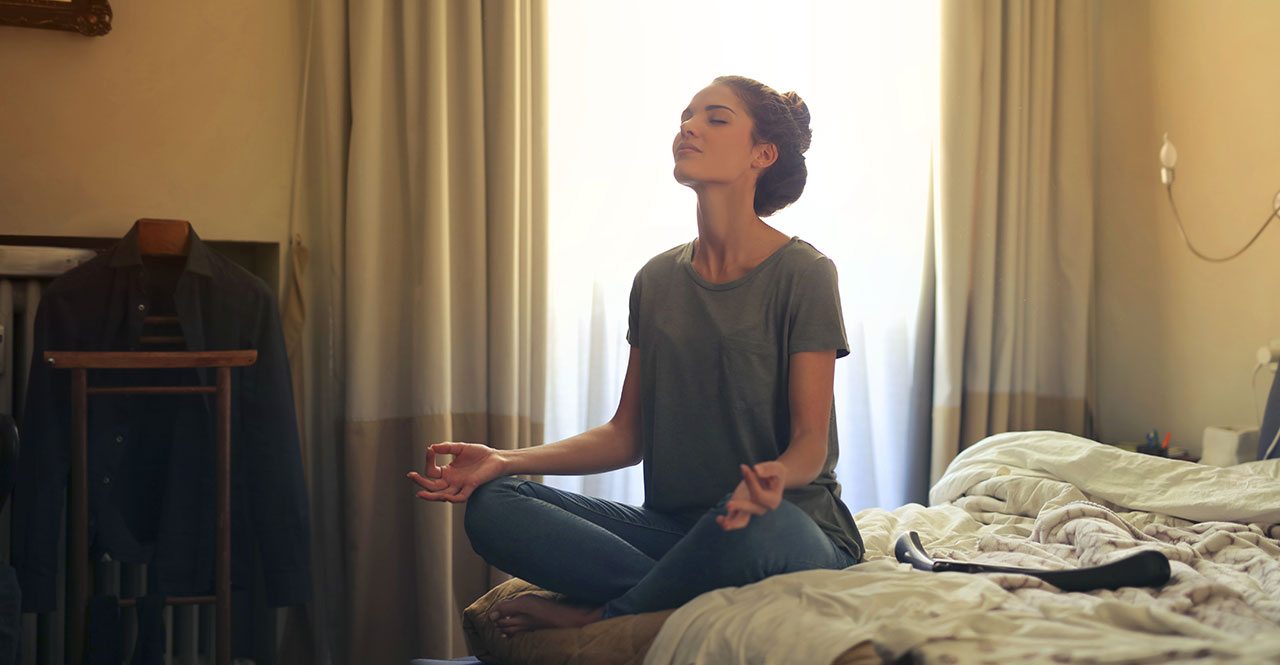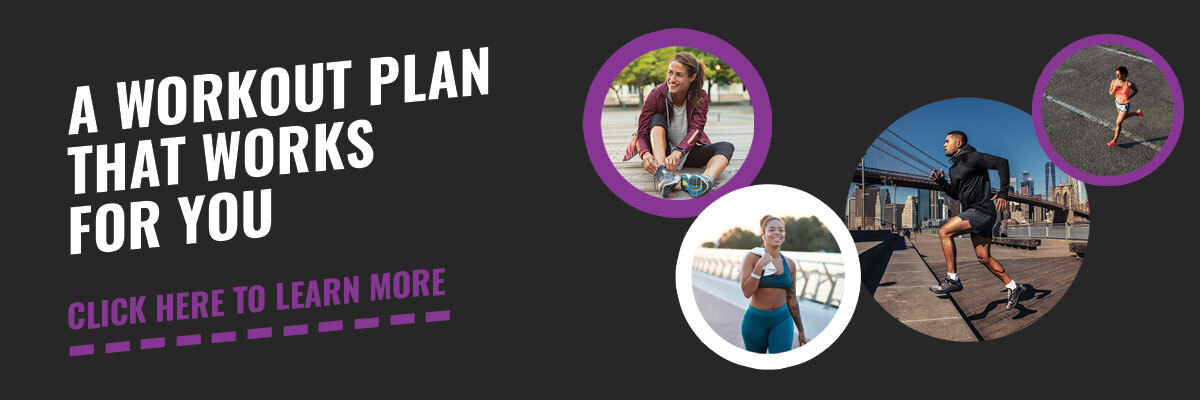 Reading Time: 5 minutes
Reading Time: 5 minutesWe’re all in search of the perfect routine for our day.
How do we get the best sleep, eat right, get some exercise, enjoy time with family and friends, and have some down time for ourselves—all while earning a living and remaining stress free?
We all can have that life. No matter how busy you are, there are small adjustments you can make in each day that can give you the lifestyle you’re seeking without adding more stress.
It’s not as complicated as you might think. Yes, if you try to do it all in every area of your life all at once, it’s easy to get stressed and crack under the pressure of a routine that’s meant to make things easy.
But if you approach things in small steps, taking on just a little chance in each area, you can start to build real change and see positive benefits without getting overwhelmed. As these new habits become part of your daily routine, you can build on and add to them. Little by little, your life will look more like your ideal, and over time, can be unrecognizable from how it looks today.
3 things to do to start your morning
- Start your day with a 12-ounce glass of water. We lose water while we sleep and it’s a good practice to rehydrate as soon as you wake. If you want to help your body hydrate, add a pinch of sea salt (you shouldn’t taste it).
- Take 10-15 minutes to meditate, think about your day, or journal. This is a time to wake up your mind and get focused on your day’s purpose.
- Get 20 minutes of exercise before you eat. This won’t necessarily be the only exercise you get in the day, but it’s a good way to fire up your metabolism. Exercising in the morning before eating has also been shown to burn more fat than exercise done later in the day.
How to fuel yourself for the day
Eat a breakfast packed with protein and fat. It can be eggs and avocado, full-fat yogurt and nuts with berries, even leftover salmon or steak, but protein and fat can satiate you in a way that keeps you from needing to snack before lunch.
Drink one more 12-ounce glass of water before you leave the house.
How to stay fed and stay focused at work
- Keep a water bottle handy. It doesn’t have to be huge. 24 ounces or a liter is a good size to keep you drinking throughout the morning and through lunch. You’ll fill up again after lunch to take you through the end of your workday and time spent in the gym.
- If you know you’ll need a snack, pack more high protein and fat foods like nuts, hard boiled eggs, or hummus with veggies.
- Break for lunch. Too many people don’t take time out mid-day to eat, choosing rather to grab something and head back to their desks. Twenty to thirty minutes of break-time can not only re-energize you for the afternoon, it can help ensure you take time to eat, which often leads to healthier choices. Try and eat a lunch that doesn’t leave you needing to snack in the afternoon (low carb!).
How to finish strong
- Get in a workout. You can go to the gym, head to a class, or even go to the park. Getting 30–60 minutes of strength and cardio training in at least 3 days a week is enough to build a strong reserve of health and fitness. On days you don’t work out, consider other activities like walking, swimming, or playing a sport.
- Get an early dinner. Eating several hours before bed will not only promote a good night’s sleep, it will allow your whole system the maintenance time it needs to do daily clean up. Try to get 10–12 hours between dinner and breakfast every day. While many of us are used to dinner being the largest meal of the day, your last meal can be smaller than breakfast and lunch. Eat enough so you don’t want to eat again before bed, but try and meet the bulk of your nutritional needs earlier in the day rather than later
3 things to do to before bed
- Shut down things like email and social media 1–2 hours before bed. This doesn’t mean you shouldn’t watch TV, but try and manage the volume of passive consumption. Reading, chatting with family members, or working on a personal project are all good uses of evening time that don’t involve a total veg-out (which is perfectly appropriate at times!)
- Dim the lights. Try to expose yourself to as little blue light as possible. Shutting down your computer and stopping phone use will play a big part in that. Some people like to use blue blockers at home to help filter the blue light that comes from our modern lighting. Reducing blue light is an important cue for your body to produce melatonin.
- Take a little time by yourself to complete the day. Just like you spent 10–15 minutes at the start of the day, take 10–15 minutes to reflect, breathe, wind down, and review how your day went in relation to how you envisioned it.
How to get a good night’s sleep
Get to bed at the same time each night (yes, even on weekends!). Having a consistent bedtime and wake time are the best long-term strategies for building good sleep hygiene. They ensure you not only get enough sleep, but they promote regular rhythms for your body and mind to follow. Even more, you can learn to wake up without an alarm clock, a definite morning upgrade.
Keep your room as dark and cool as possible and plug your phone in outside of your bedroom. Removing the temptation to scroll before bed or immediately upon waking will help surround your day’s beginning and end with calm energy and peace of mind.
With just a little attention to certain moments throughout the day, we can build a routine that fits smoothly into the day we already have. There is no need to completely reorganize your day to make sure you get all the healthy actions in.
Rather than trying to fit all the health and fitness elements into an already busy life, the trick is to fit your life into a context of health and fitness, where the time you have and actions you’re taking anyway are informed by a healthy outlook.









